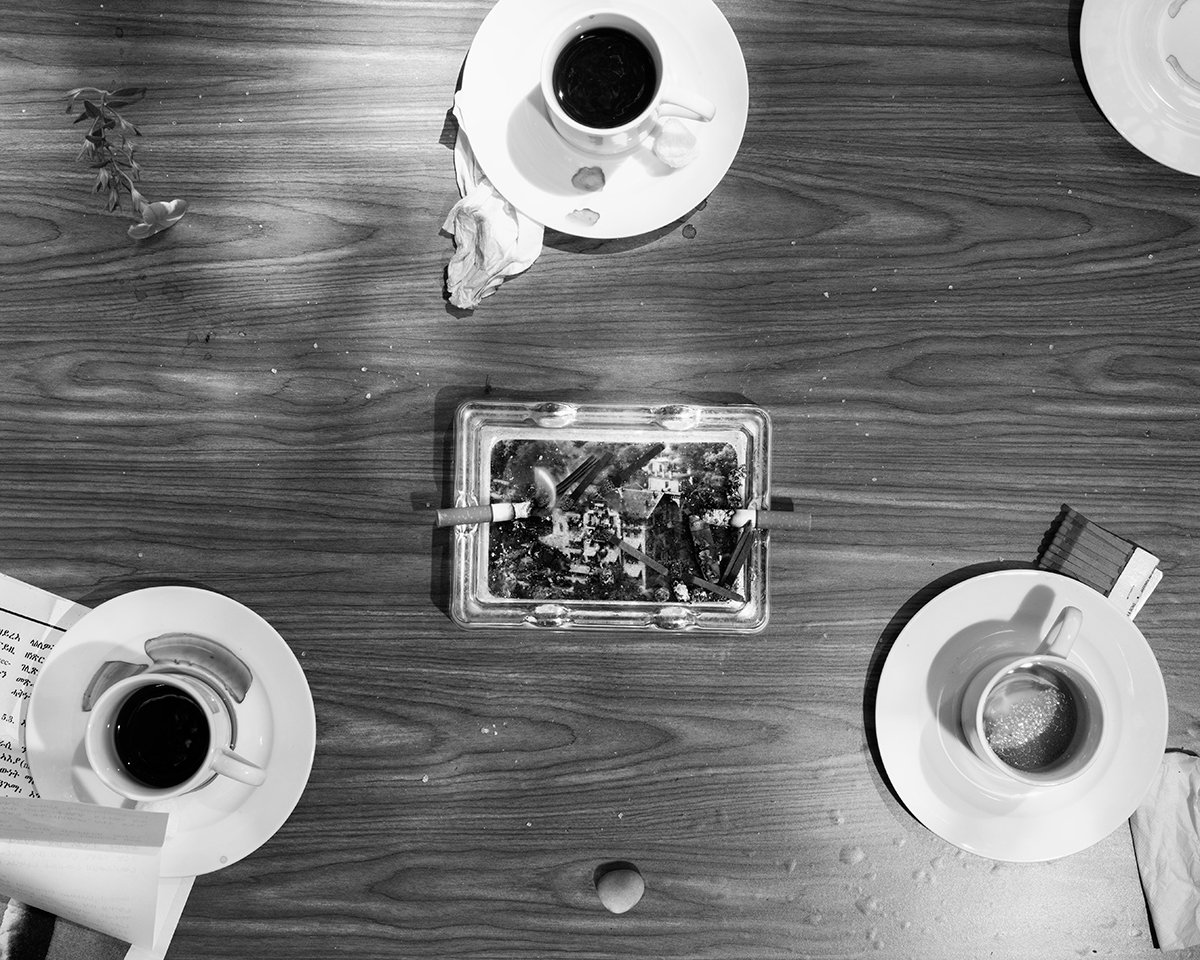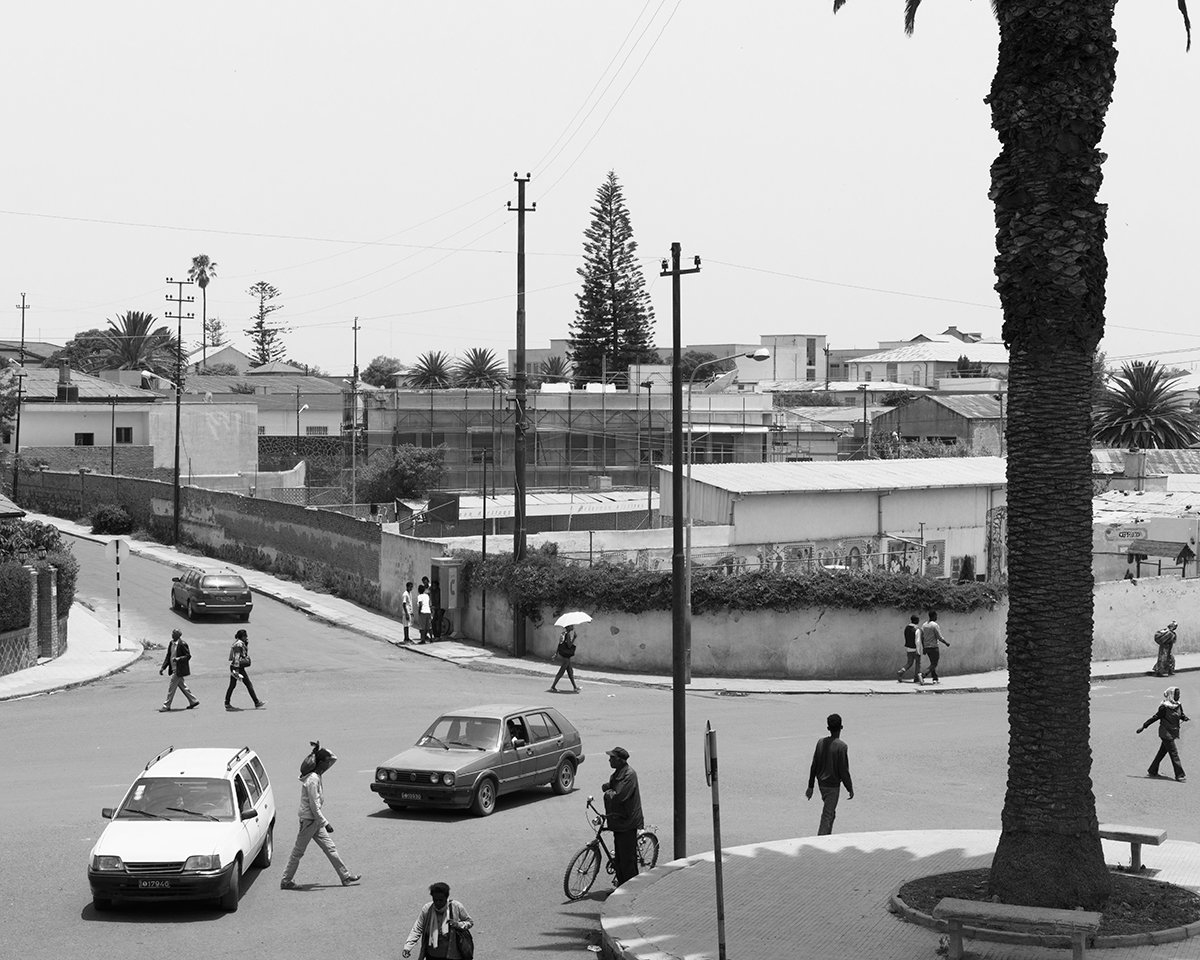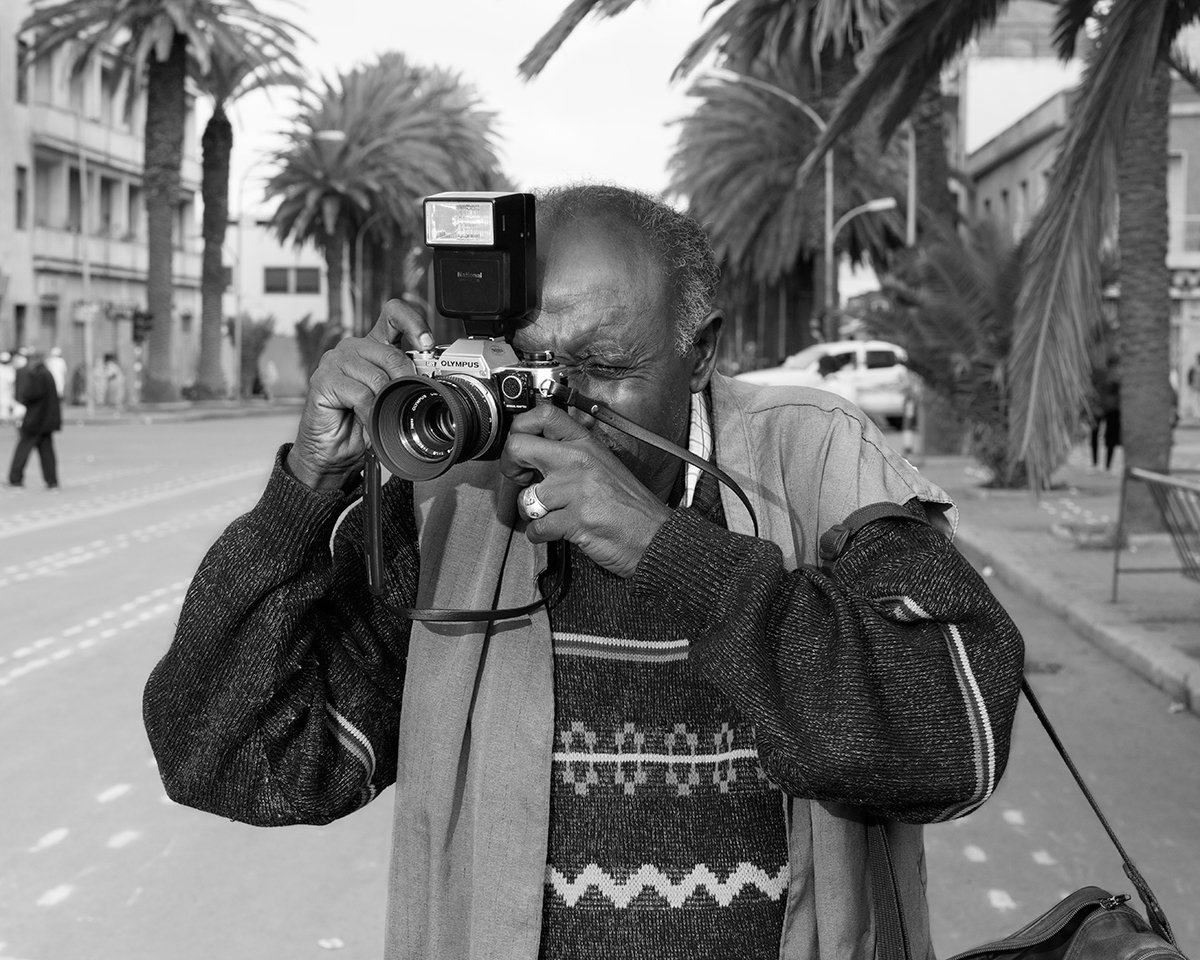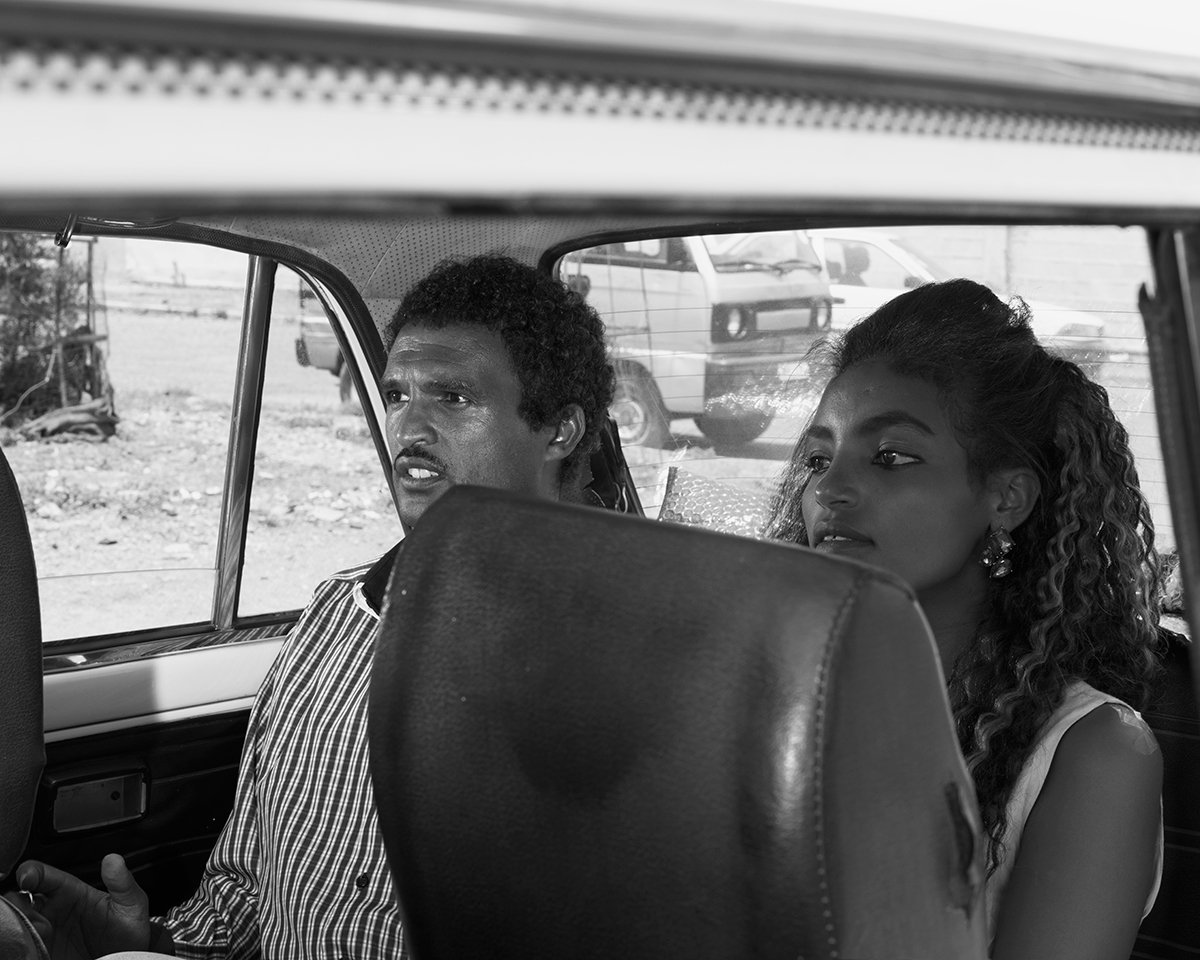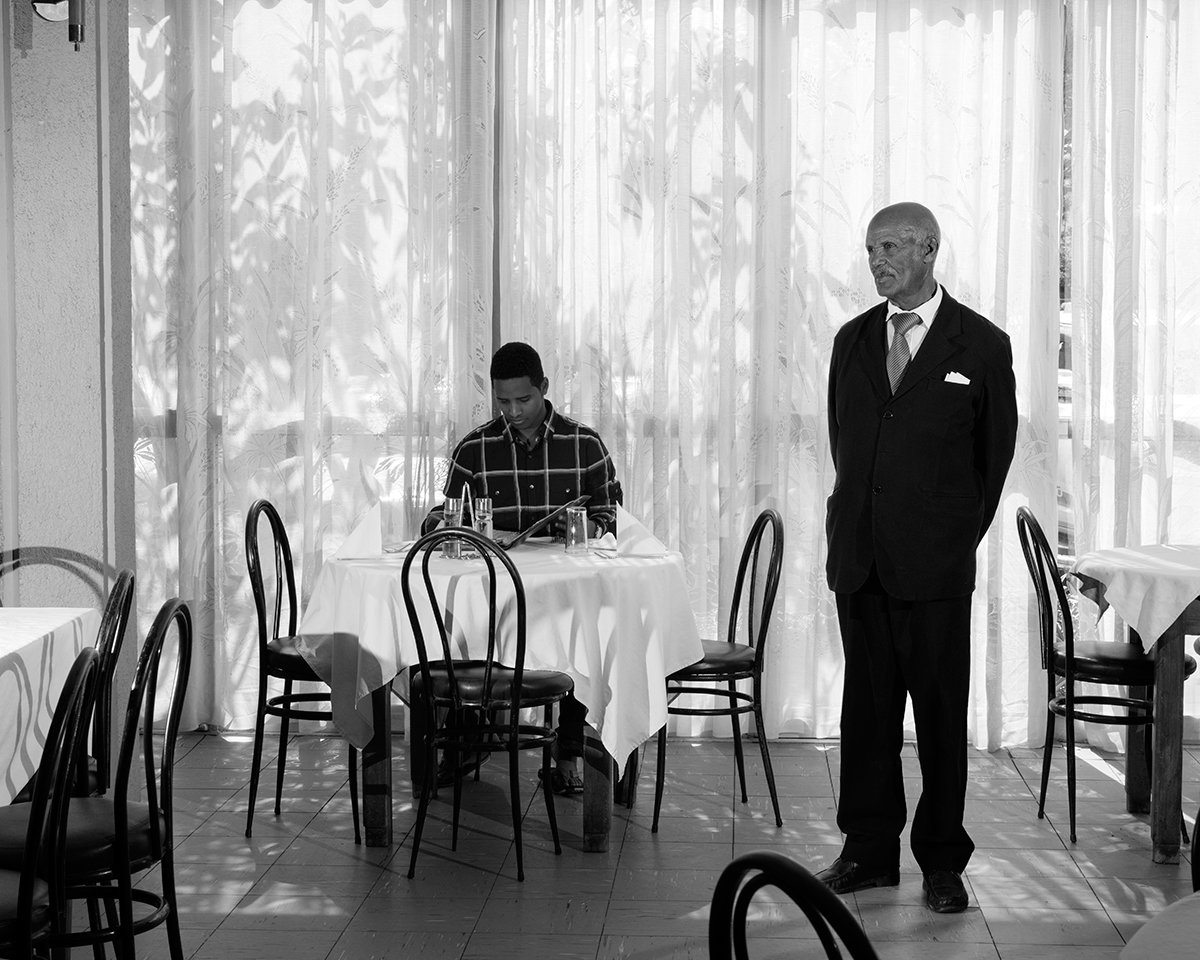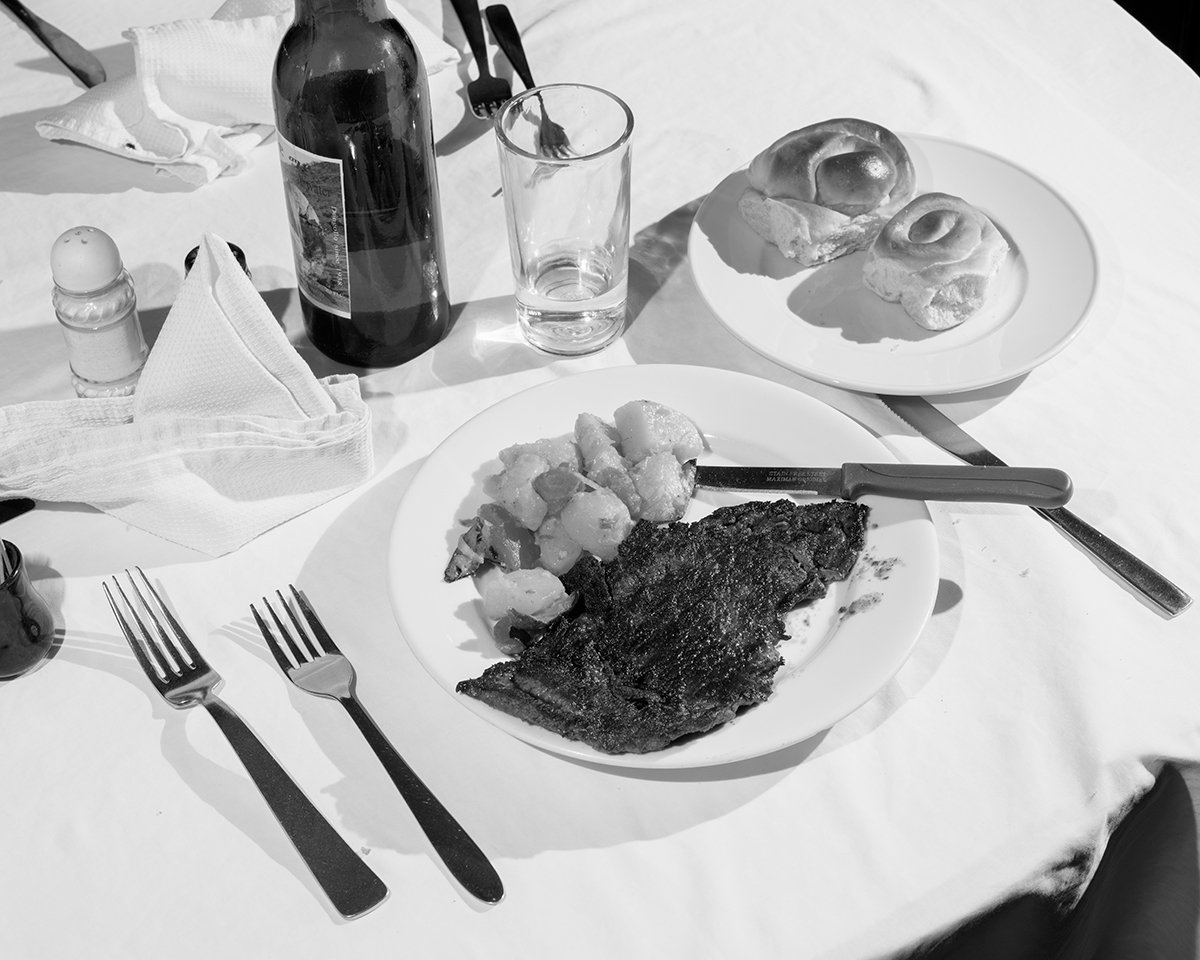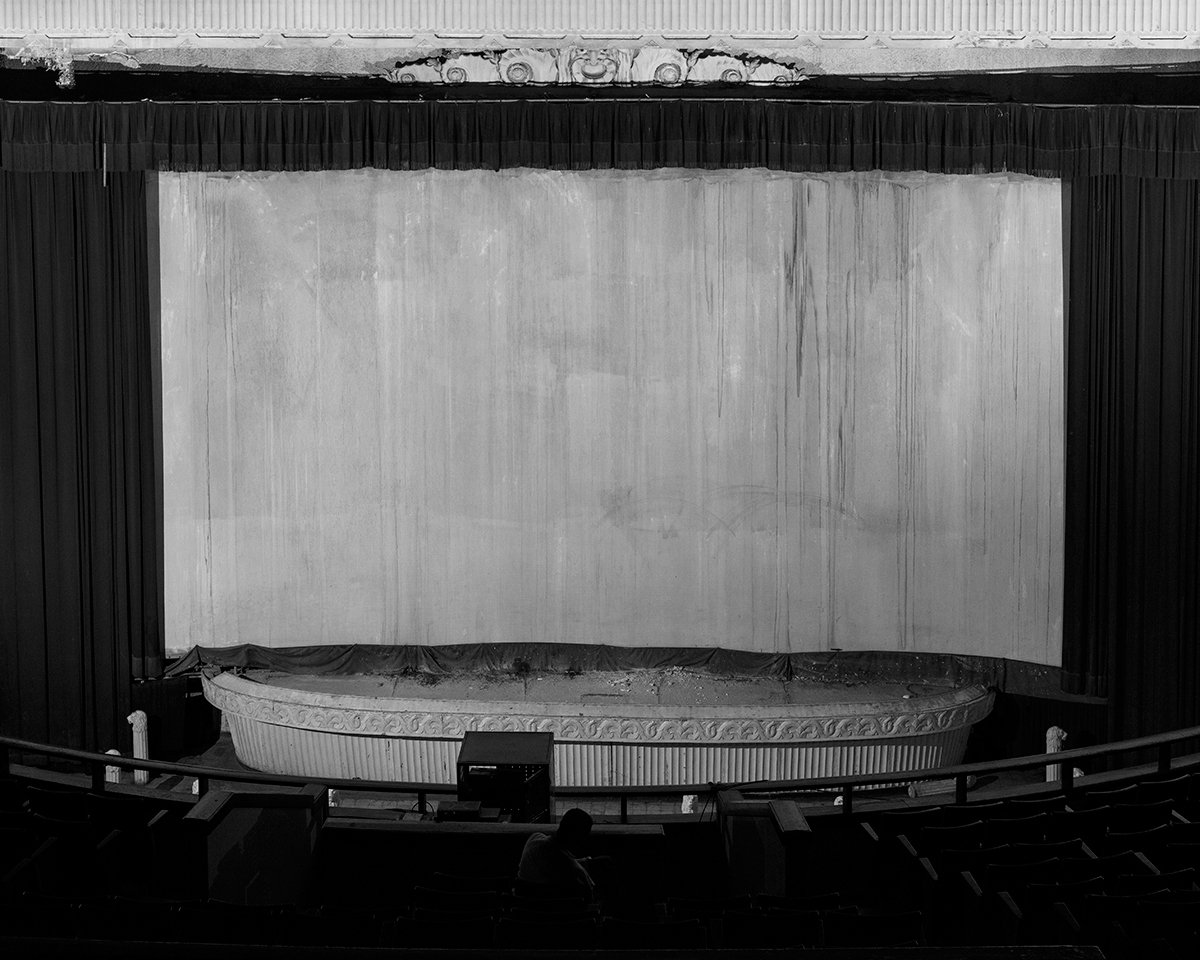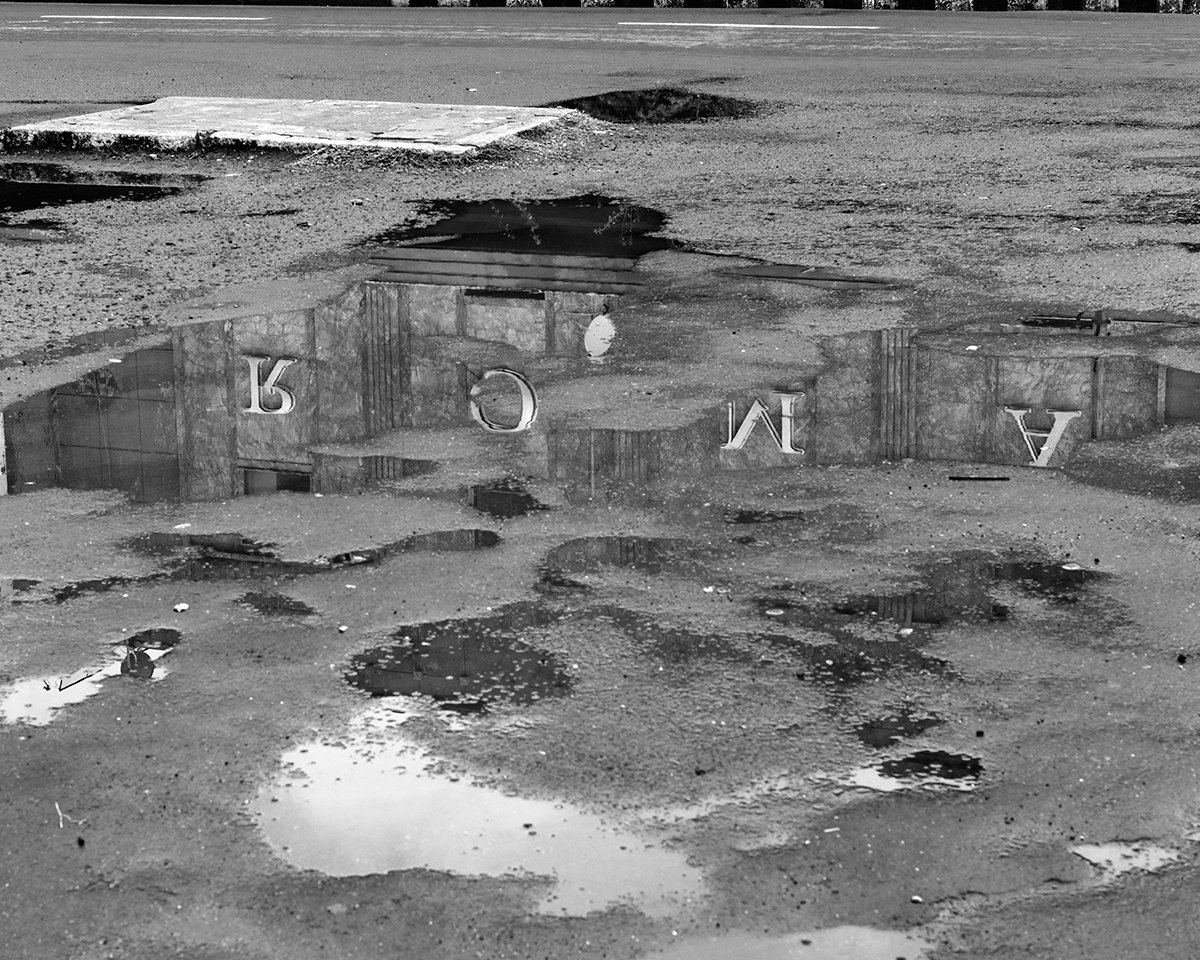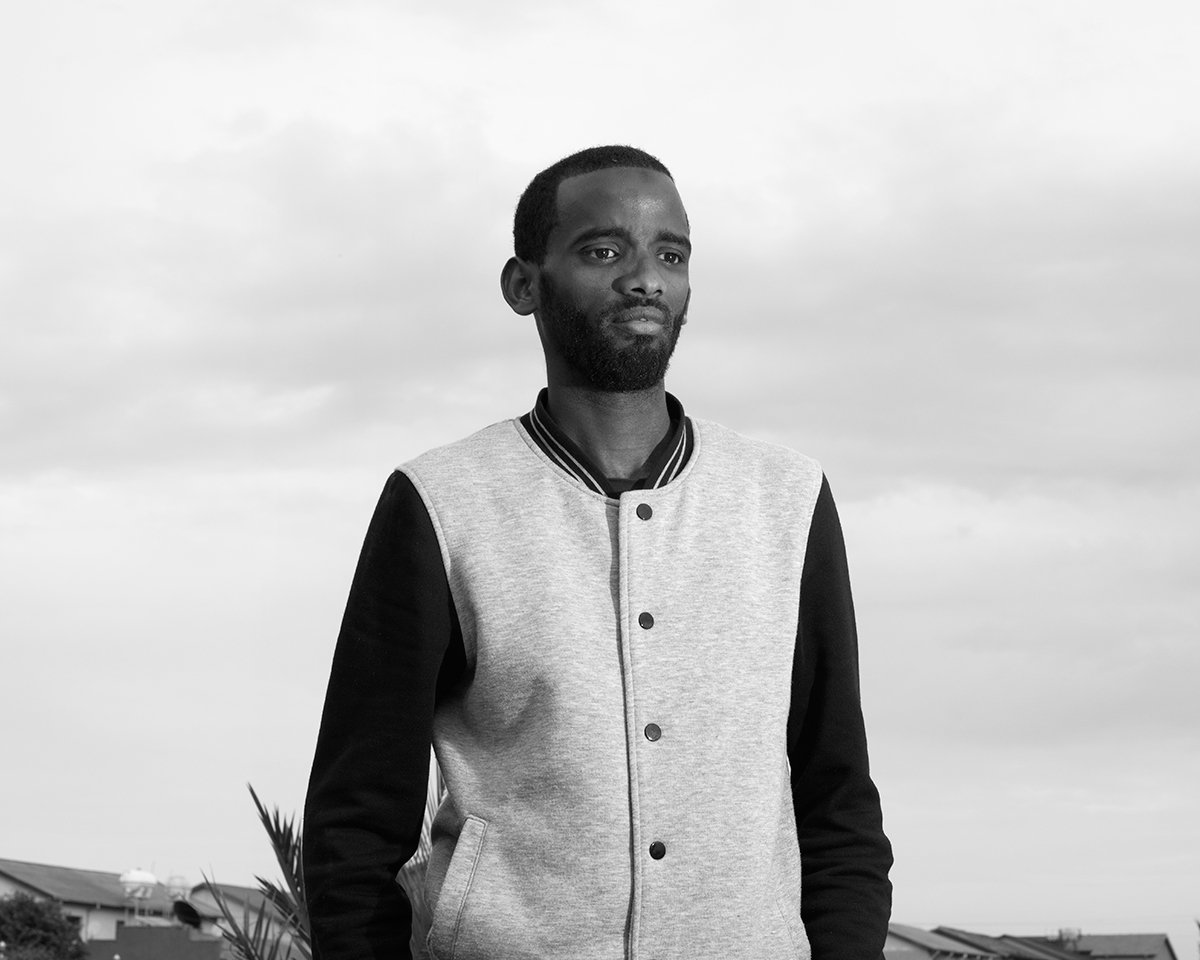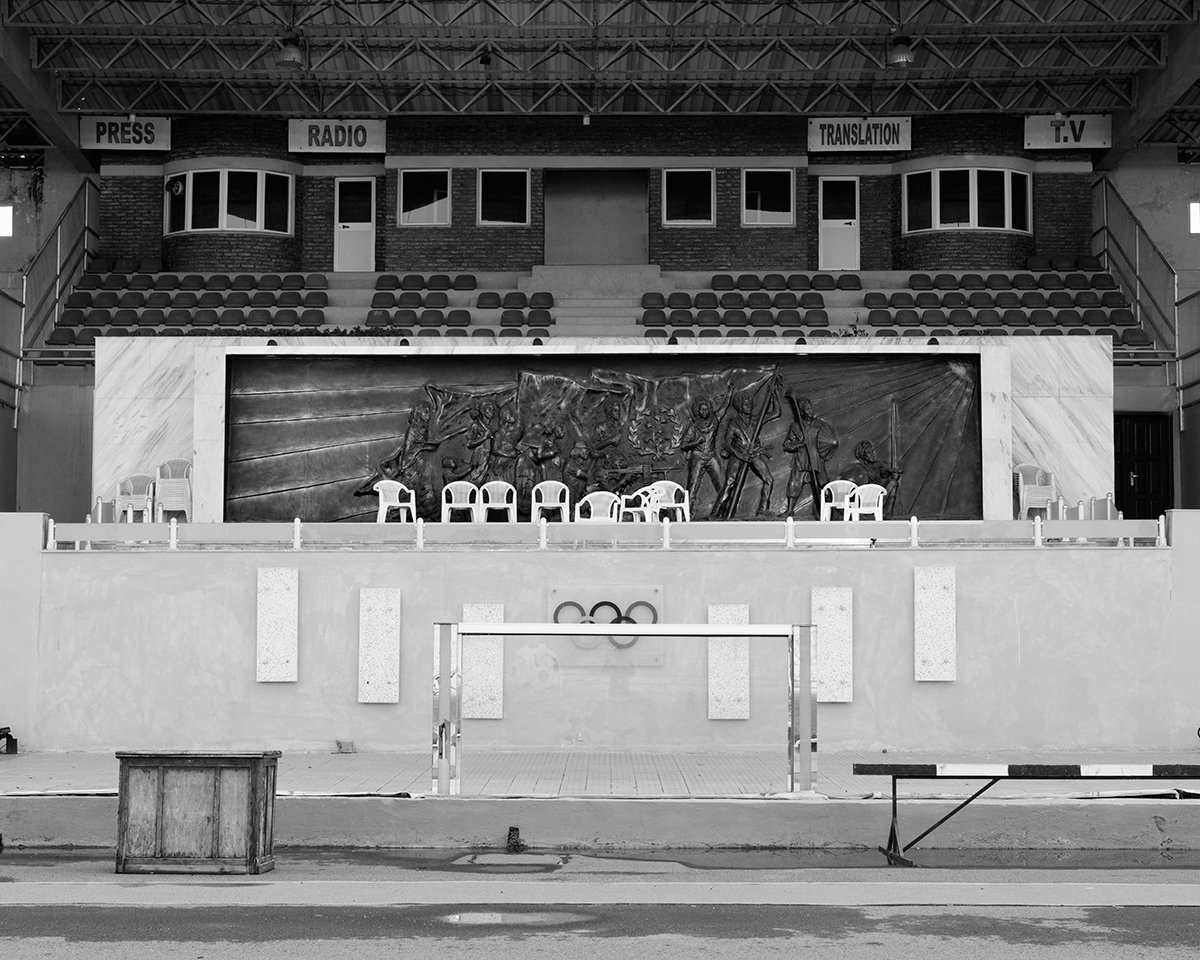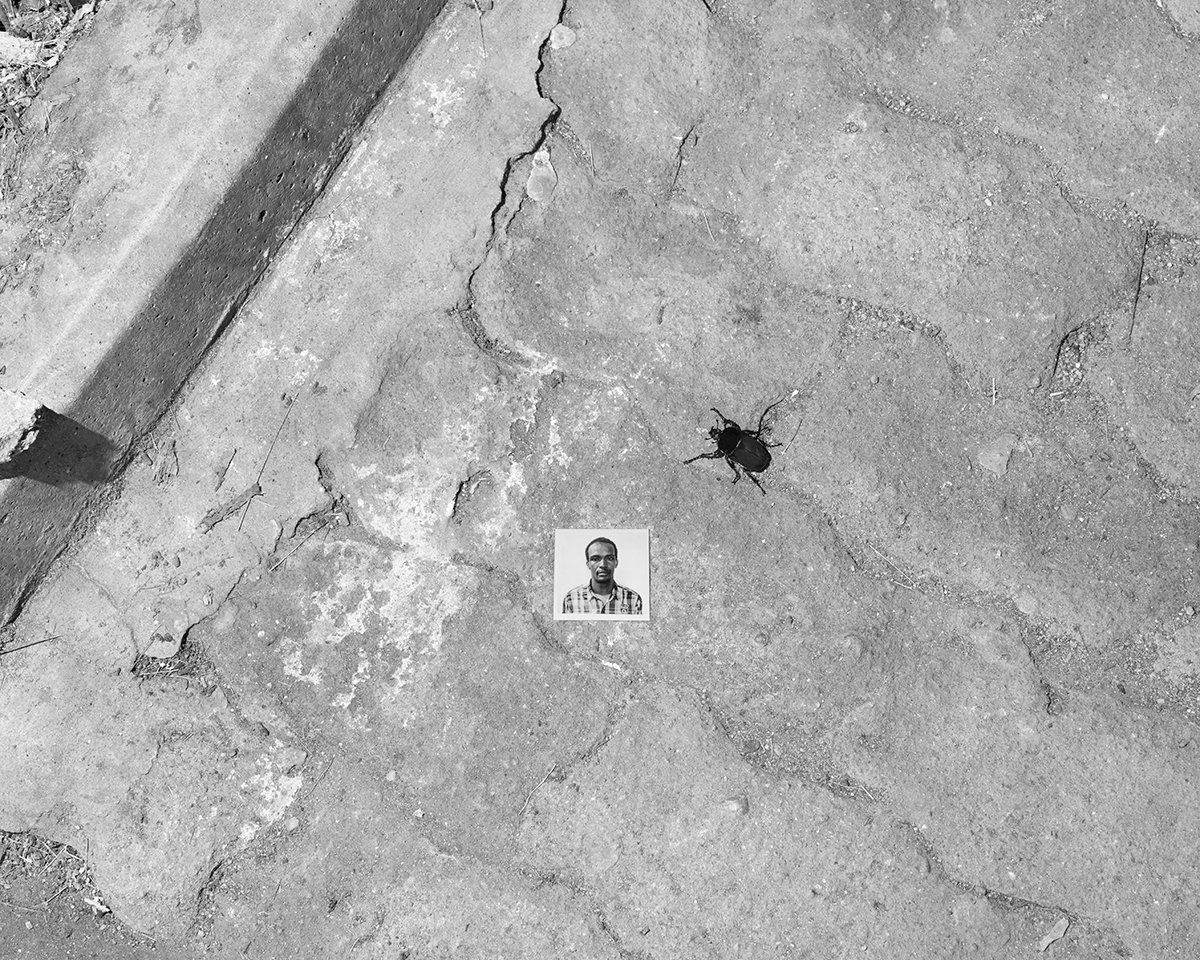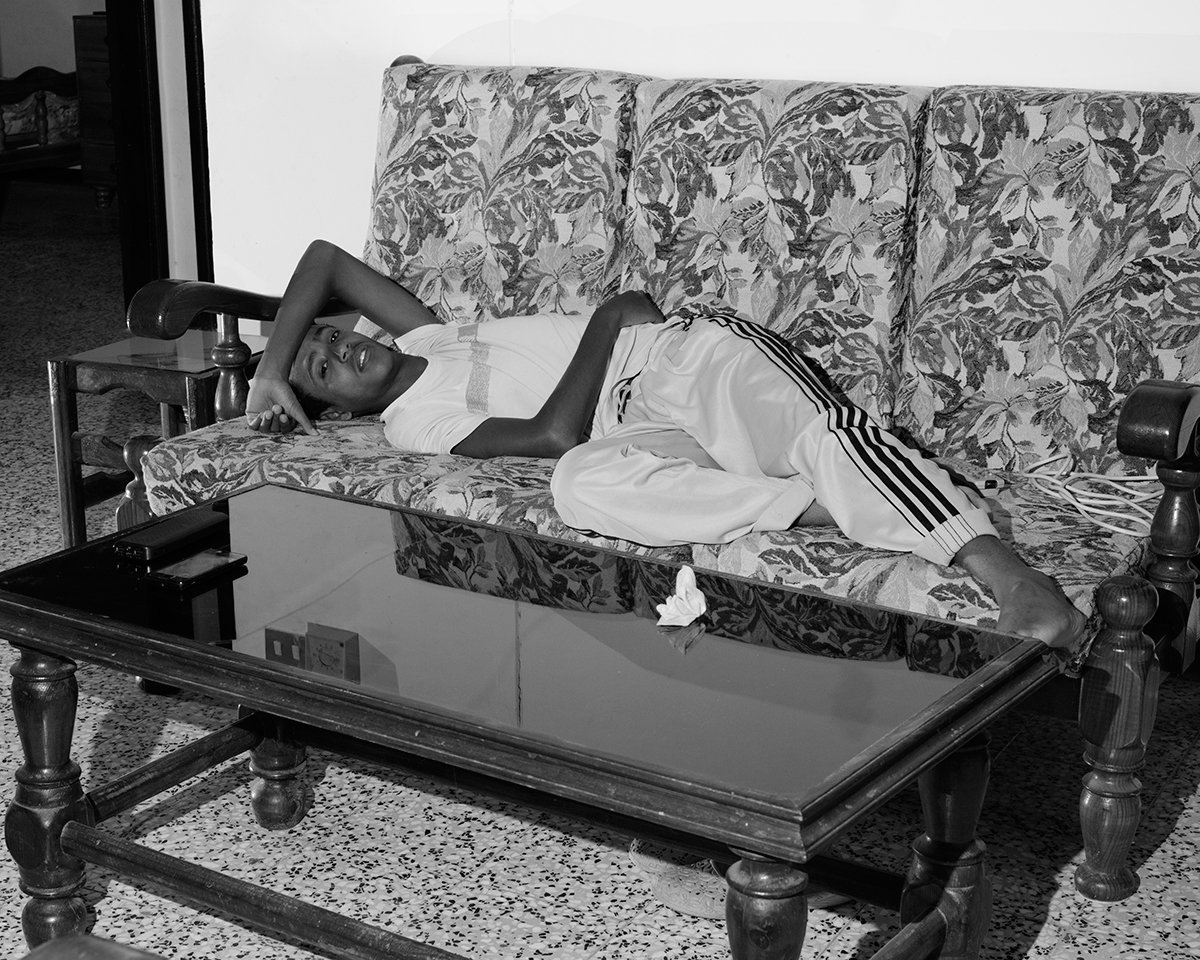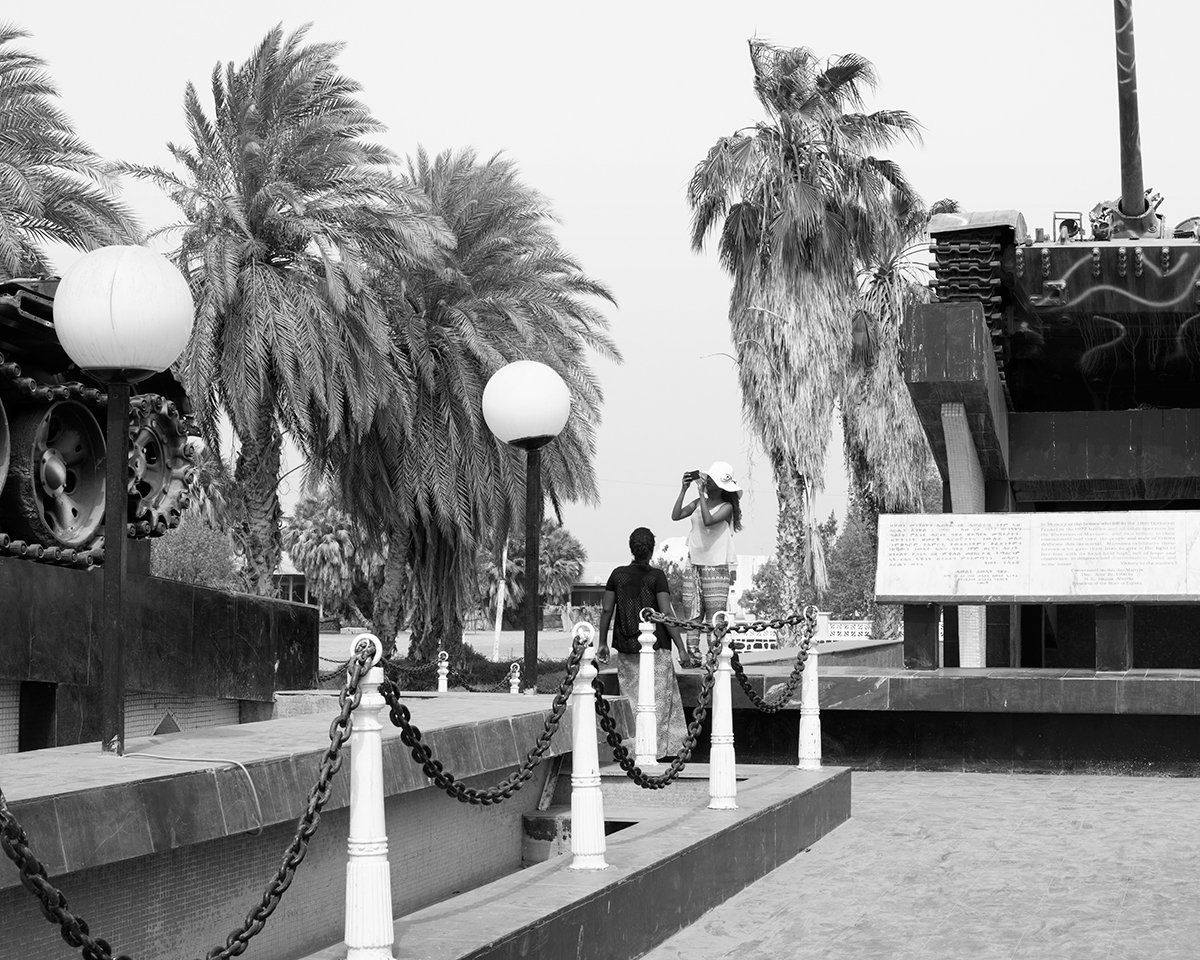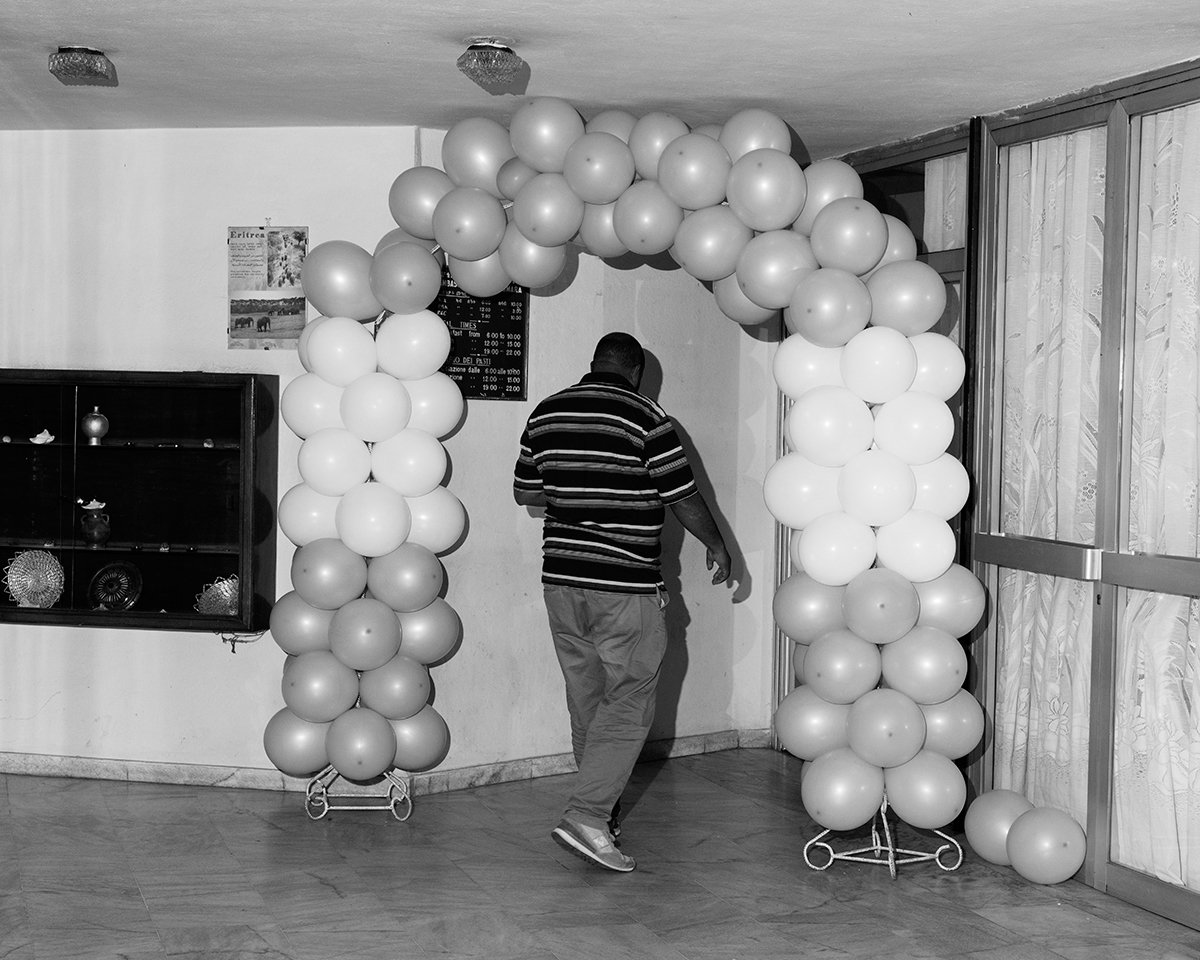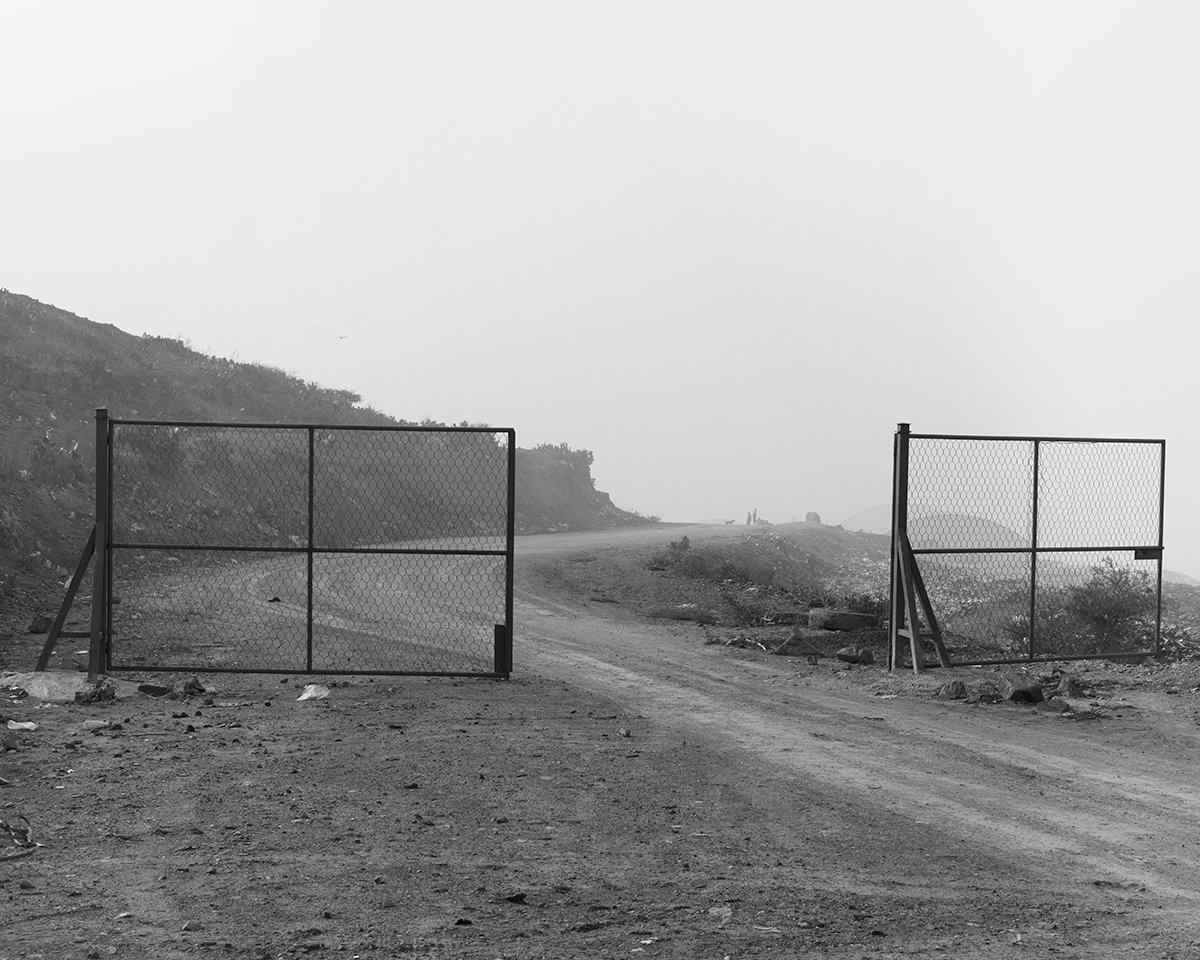Eritrea is a northeast African country on the Red Sea coast. It shares borders with Ethiopia, Sudan and Djibouti and has been in conflict several decades. In the 1930’s, following 40 years of colonisation, Mussolini and Italian fascist forces took charge and erected a city worth of new, modernist and futurist architecture. Economic development since the end of Italian rule has been non-existent meaning the majority of the now dilapidated buildings still sit there today.
The invasion of British troops during World War II brought an end to the Italian colony and the UN established Eritrea as an autonomous region within Ethiopia. Since then Eritrea has been at war with Ethiopia for many years.
Eritrea eventually won independence from Ethiopia in 1993 after a 30-year war, but has been plagued by repression at home and tense relations with its neighbours. Prolonged periods of conflict and severe drought have negatively affected Eritrea’s agricultural economy, and it remains one of the poorest countries in Africa, although it’s said that Asmara, the capital city of Eritrea, is one of the safest cities in Africa and arguably one of the safest in the world. Crime in Asmara is virtually unheard of and most of the city’s residents often leave their homes, car doors and bikes unlocked.
This is due to how the government polices the country. The country has been led by President Isaias Afwerki for 29 years. Human rights monitors have described the country as being a dictatorship. Ordinary citizens have come to realise they are not allowed any rights and that Eritreans are subject to arbitrary imprisonment. Arrest and harsh punishment including torture, are at the whim of security force commanders without trial or appeal. Few are told the reason for their arrests.
Many of the Eritreans are leaving the country due to the harsh military service that every Eritrean must complete and those who attempt to avoid their service are often killed. Mandatory and indefinite military conscription are all part of being an Eritrean born citizen. Due to not being allowed to leave their own country, trafficking and illegal immigration is rising all the time. According to the UNHCR, 52,000 people fled from Eritrea in 2016. Eritreans make up one of the most prominent groups of refugees heading for other countries.
Eli Durst’s mother worked as a legal advocate in an Austin, Texas immigration clinic and during the summers he would often help out to amass asylum applications for refugees from Eritrea. During his time at the immigration lawyer firm, he would take on the responsibility of taking how he describes, blurry or pixelated cell phone pictures sent from foreign countries and editing them so they can be used for official immigration documents. Durst would talk to these people about him being a photographer and they would tell him to go and visit their beautiful country. “I was deeply struck by this seemingly paradoxical relationship to a space: a deep seeded love confronted by a desperate need to flee.” Explains Durst.
Acquiring a tourist visa in 2015, Durst travelled to Eritrea where he’d visit the country that he had read and heard so much about. It was a trip consisting of visiting the famous almost utopian, futuristic city that Mussolini had left behind after Italian rain in the 30’s. It was only when Durst landed that he realised what was going on around him was a spectacle worth documenting. Conjuring the city in its present tense, Durst’s brief study of Asmara reflects the moods and motions of a singular urban landscape and behind this, a story composed of migration and escape.
